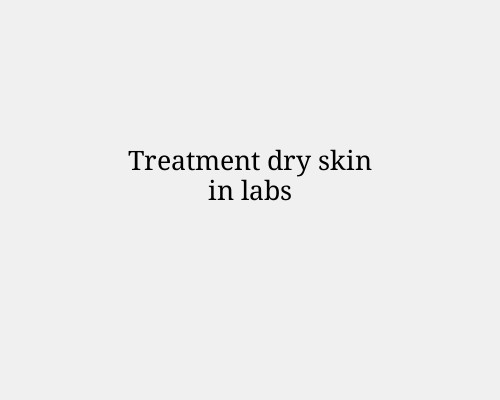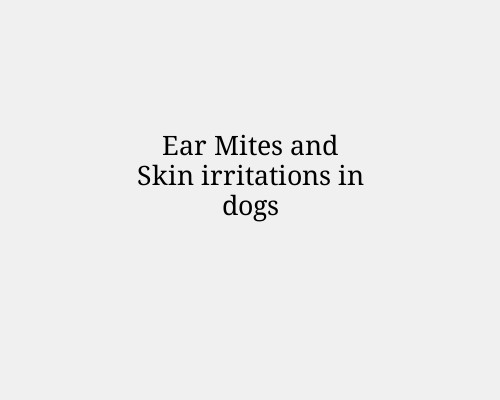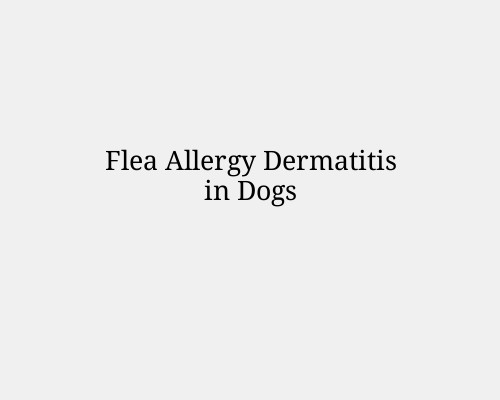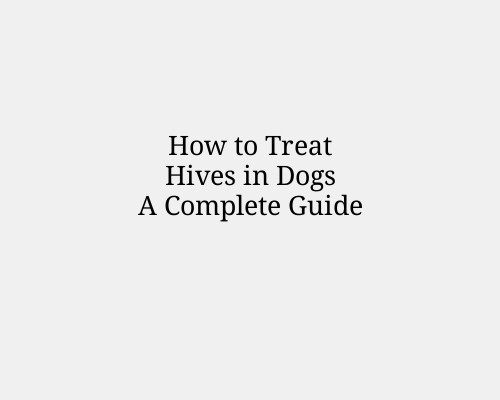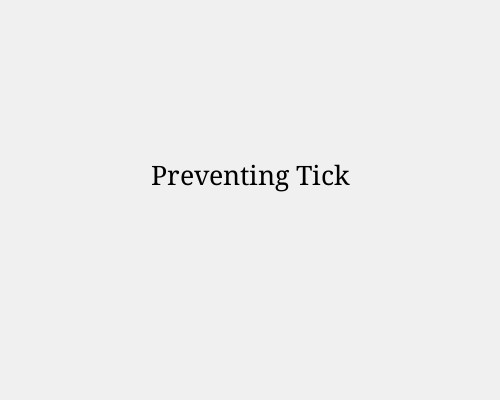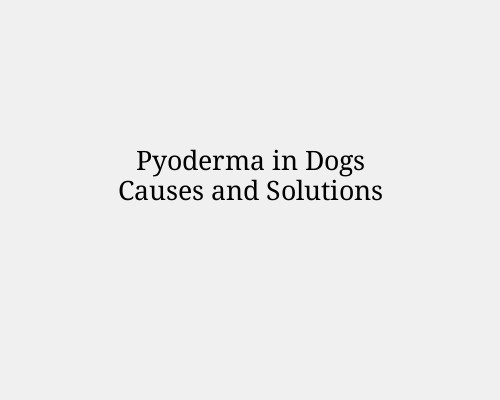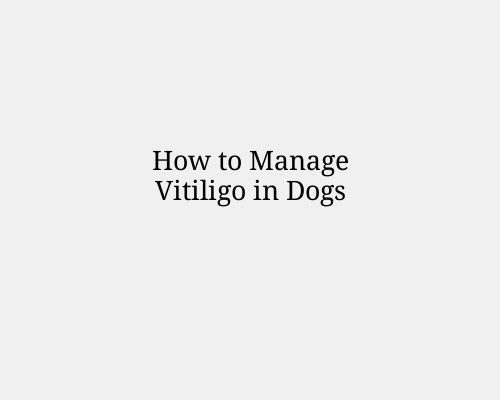Treatment dry skin in labs
How to Treat Dry Skin in Labrador Retrievers
Determine the Cause
Identifying the root cause of dry skin is essential to effective treatment. Common causes include:
Allergies: Environmental allergens (e.g., pollen, dust) or food allergies can lead to dry, itchy skin.
Nutritional Deficiencies: Poor diet or lack of omega-3 and omega-6 fatty acids.
Parasites: Fleas, mites, or lice can cause irritation and dryness.
Environmental Factors: Low humidity, excessive bathing, or harsh shampoos may dry out the skin.
Medical Conditions: Conditions like hypothyroidism or Cushing’s disease can cause dry skin.
If you’re uncertain about the cause or the condition worsens, consult your veterinarian for proper diagnosis.
Diet and Nutrition
Labradors require a balanced diet rich in essential nutrients for healthy skin.
High-Quality Dog Food: Choose a diet with balanced protein, fats, and vitamins. Avoid fillers and artificial additives.
Fatty Acid Supplements: Omega-3 and omega-6 fatty acids (found in fish oil or flaxseed oil) can improve skin hydration and reduce inflammation. Consult your vet for dosing recommendations.
Moisturizing Shampoos and Conditioners
Bathing Labradors too often or using harsh shampoos can worsen dry skin.
Use Gentle Products: Opt for hypoallergenic or moisturizing shampoos with ingredients like oatmeal or aloe vera.
Conditioners: Apply a dog-safe conditioner to lock in moisture.
Bath Frequency: Limit baths to once every 4-6 weeks unless otherwise directed by your vet.
After bathing, pat the coat dry instead of vigorous rubbing to avoid irritation.
Topical Treatments and Remedies
There are various treatments you can apply directly to your Labrador’s skin:
Coconut Oil: Apply a small amount of virgin coconut oil to dry patches to help moisturize and soothe skin.
Aloe Vera Gel: Use pure aloe vera to cool inflamed areas. Avoid products with added fragrances or chemicals.
Colloidal Oatmeal: This can be added to bath water or used as a paste to calm irritated skin.
Regular Grooming
Brushing: Regular brushing promotes natural oil distribution and removes dead skin cells. Use a soft- bristled brush to avoid further irritation.
Shedding Management: Labrador Retrievers are heavy shedders. Keep their coat healthy by brushing them at least 2-3 times a week.
Environmental Adjustments
Humidifier: If your home has low humidity, consider using a humidifier to add moisture to the air.
Bedding: Wash bedding regularly using hypoallergenic detergents to minimize exposure to allergens.
Manage Allergies and Parasites
Flea and Tick Prevention: Use flea and tick preventatives to reduce the risk of parasite-related dry skin.
Allergy Control: For environmental allergies, consult your vet about antihistamines or allergy medication. For food allergies, consider an elimination diet to identify triggers.
Veterinary Care
Prescription Treatments: If dry skin persists, your veterinarian may recommend medicated shampoos, prescription creams, or oral medications.
Underlying Conditions: For skin issues caused by hypothyroidism, Cushing’s disease, or infections, appropriate medical treatment is necessary.
Hydration
Ensure your Labrador always has access to fresh, clean water. Proper hydration is essential for skin health and overall well-being.
Preventive Care
Routine Check-Ups: Regular vet visits help catch potential skin problems early.
Seasonal Awareness: Monitor your dog’s skin condition during seasonal changes, as winter dryness can be more pronounced.
By following these steps, you can help manage and treat dry skin in your Labrador Retriever, ensuring they stay comfortable and healthy. If symptoms persist, consult your veterinarian for a tailored treatment plan.

